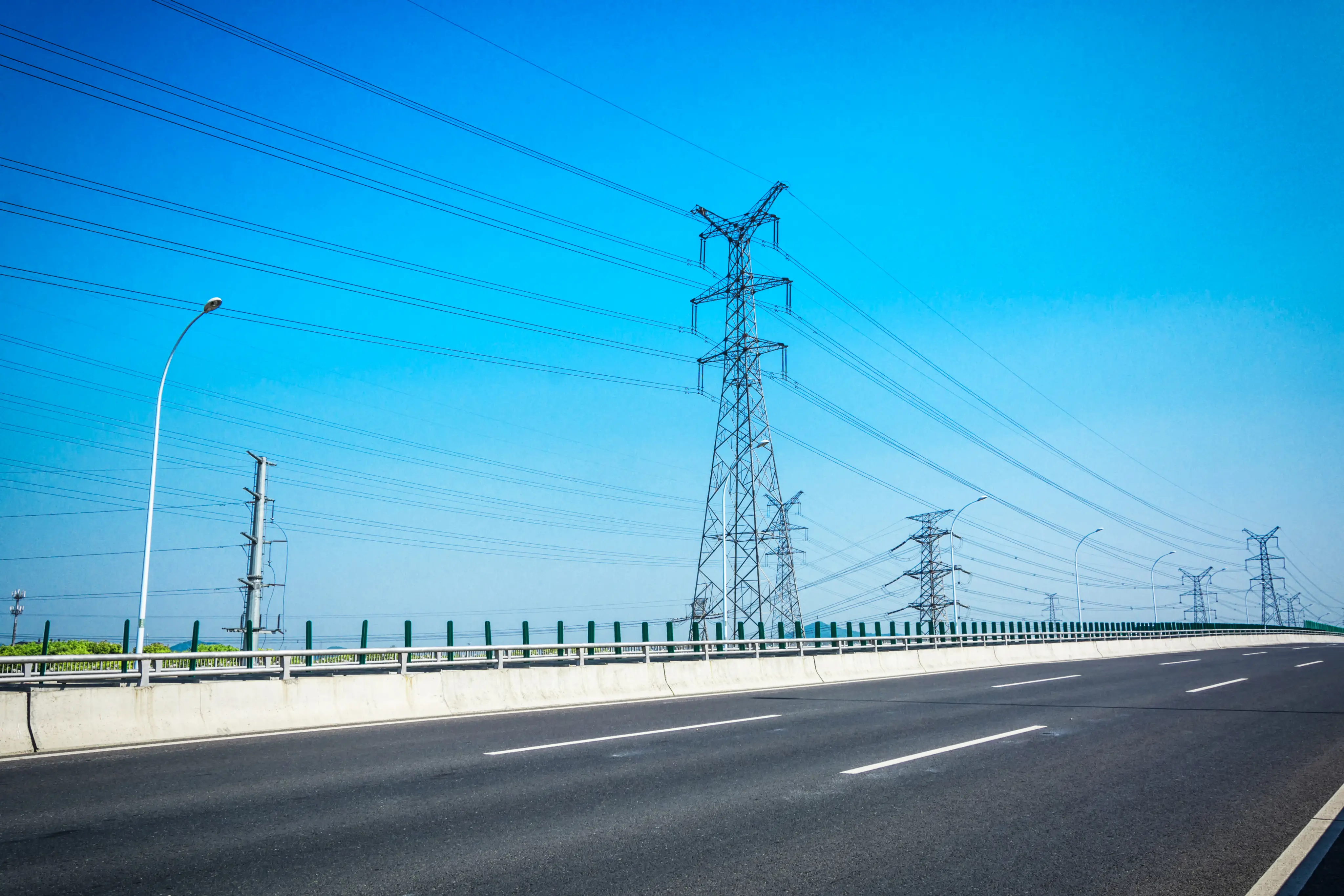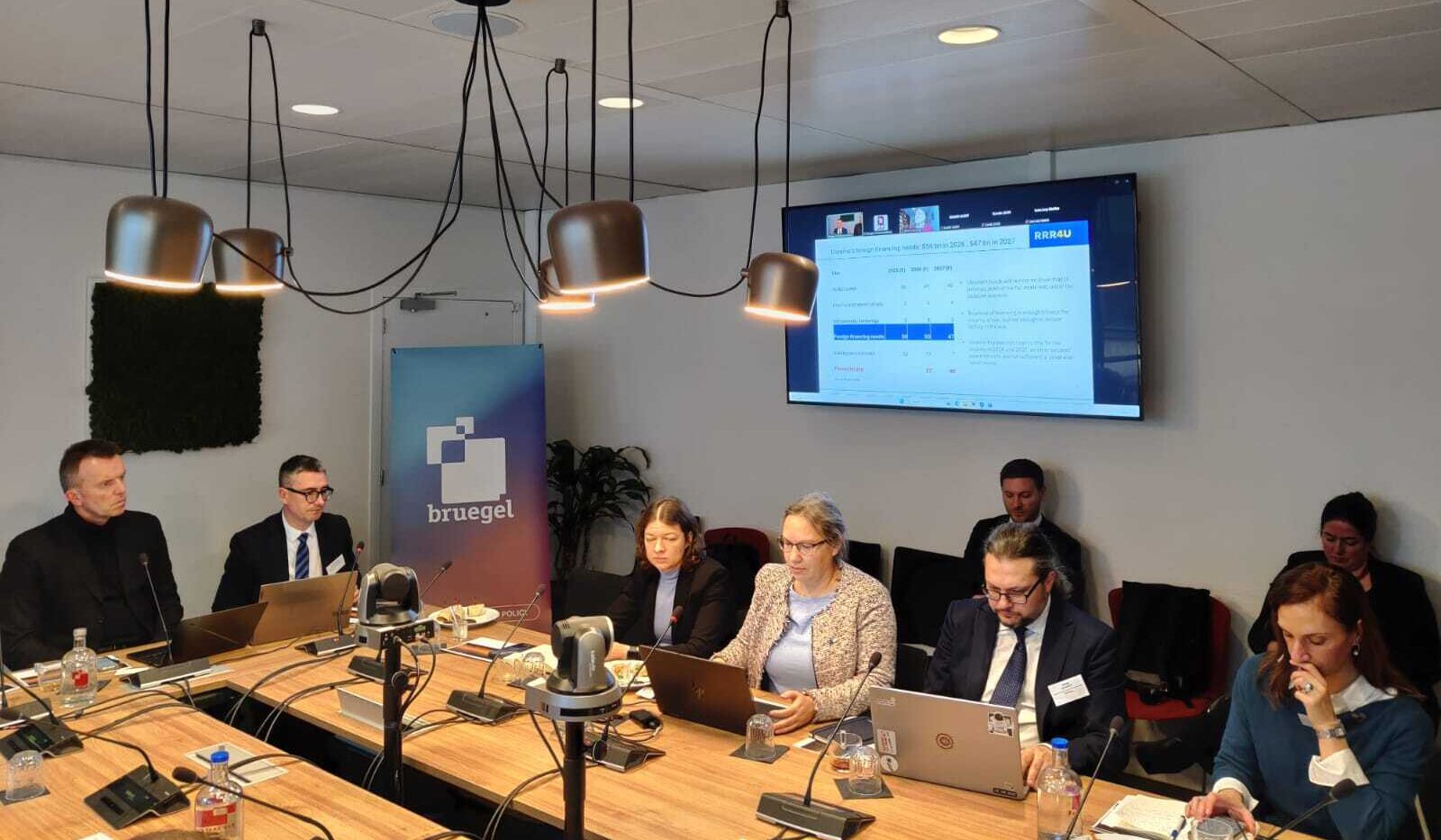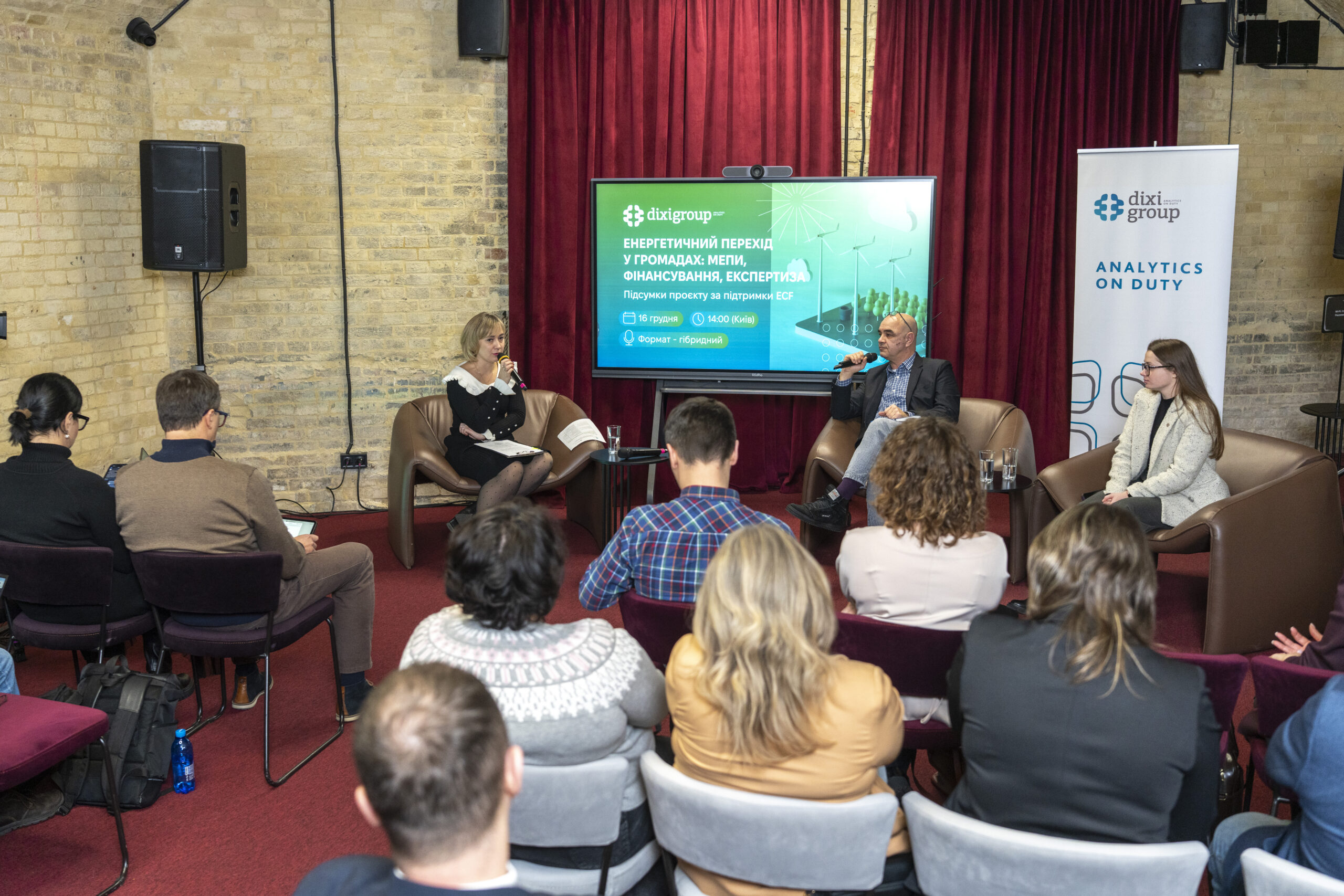On July 7, TOP Lead presented its infographic study “Green Recovery,” in which DiXi Group served as the general analytical partner, together with Energy Map and the Green Transition Office.

“The 28-page infographic covers several areas of green recovery: what it is, what it should be, how we should move forward, what challenges we need to overcome, where to get funding for green projects, and more”, – said Stanislav Shum, CEO of TOP Lead.
Ukraine must pursue economic recovery without increasing damage to the environment, said Roman Nitsovych, research director at DiXi Group. This includes ensuring that GDP growth, employment, and production do not lead to increased greenhouse gas emissions and energy consumption.
“Ukraine can use two models to achieve this goal. The first is ambitious, with climate neutrality as the key objective. The second is pragmatic, combining green recovery goals with energy security and economic growth objectives, while preventing long-term negative environmental impacts. In this context, principles such as “Build back better” and “Energy efficiency first” are applied. And now we see that the state is leaning towards the second model”, – said Roman Nitsovych.

According to the study, Ukraine has strong potential for the development of wind energy, which should help ensure energy independence, reduce greenhouse gas emissions, and accelerate the transition to renewable energy sources.
“In 2025, we expect companies to start construction of more than 700 MW of new projects, which will be commissioned this year or in the first quarter of 2026”, – said Yevgeny Kontorshchikov, an analyst at the secretariat of the Ukrainian Wind Energy Association, which brings together more than 100 companies.
Although wind and solar energy are the drivers of sustainable and green energy in Ukraine, the question of balancing these capacities will arise in the future, for example, in changing weather conditions, according to the research director of DiXi Group.
To do this, energy storage systems and highly maneuverable generation, including gas installations, can be used. The use of natural gas contrasts with Ukraine’s goal of achieving climate neutrality by 2050, but these plants will operate much more efficiently and environmentally friendly than old coal-fired units, and can also be repurposed for biomethane and other renewable gases.
Experts from DiXi Group, Energy Map and the Green Transition Office presented the following pages in the study:
- European Green Deal;
- Implementation of green initiatives;
- Successful community practices;
- Investing in green solutions;
For more details on the results of the Green Recovery study, please follow the link: https://bit.ly/3IkCJaR






